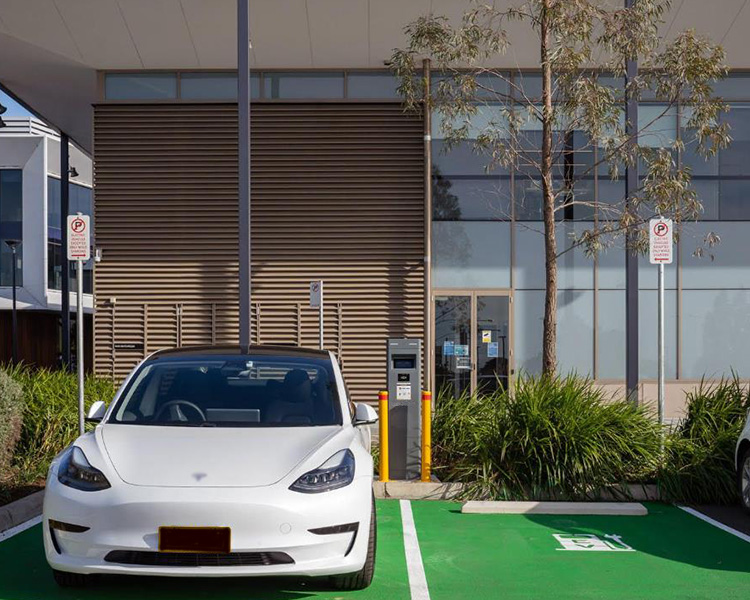
Italy has made impressive progress in the rapid adoption of electric vehicles and the expansion of EV charging infrastructure. By the end of 2024, the country had 58,189 public charging points across nearly 20,000 locations, paving the way for a more efficient charging network. With a goal of 110,000 public charging points by 2030, the major charge point operators and local governments aim to enhance seamless EV charging experiences in Italy.
Cutting-edge technologies are playing a crucial role in Italy’s EV charging development. ISO15118 Plug & Charge stands out as a key innovation, simplifying the charging process while boosting efficiency. In this blog, iocharger will explore how Plug & Charge enables seamless EV charging and its major advantages.
Basics about Plug&Charge Seamless EV Charging
Plug&Charge is a technology that is secure, simple, and future-proof, based on the ISO15118 standard. By eliminating the need for external identification, such as RFID cards or charging apps, it enables automated communication and billing processes between the electric vehicle and the charging station.
Currently, the most common charging authentication methods for EV chargers are charging by swiping an RFID card, scanning a QR code on the mobile app, or swiping a credit card with a POS terminal.
The highlight of Plug&Charge is that you can simply pull up to a charging station and start charging your EV directly by plugging in the charging port without other complicated payment processes or waiting for authorization codes.

Advantages of ISO15118 Plug&Charge
Drivers will benefit from the convenient charging experience. Avoid charging interruptions caused by operational errors (such as failed code scanning, payment timeouts).
For CPOs, they will not need to deploy additional payment terminals (such as QR code scanners, NFC card readers), therefore reducing hardware costs and maintenance complexity. Besides, User identity and payment information are automatically transmitted through vehicle certificates, without being exposed to third-party platforms, reducing the risk of privacy leakage.
Plug & Charge’s two-way authentication lays the foundation for future V2G scenarios, and operators can participate in energy market scheduling.
As a pioneer of OCPP 2.0.1 and ISO15118 Plug&Charge EV charger manufacturer, Iocharger is the world’s 1st vendor who receive EVSE CHECK Plug&Charge Hardware Certificate from Hubject.
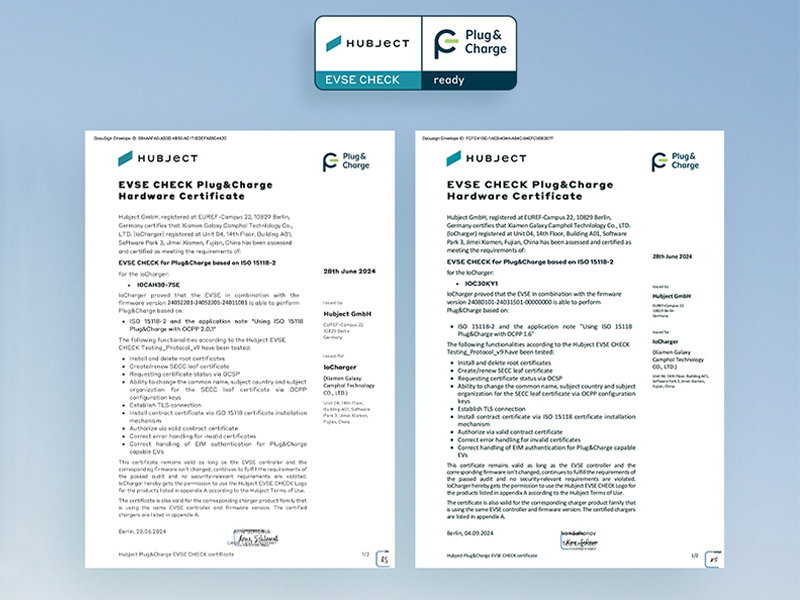
PLC module is the most important part of hardware to realize the Plug&Charge feature, and Iocharger already achieved self research and development of PLC modules for both AC chargers and DC chargers which means Iocharger’s deep understanding of this technology and will ease the way for our customers to debug if facing any problem during Plug&Charge session. Iocharger also provides an optional configuration of the Plug&Charge feature by software authorization in our EV chargers for our customers who do not need the Plug&Charge feature at the beginning, but want to support this feature in the future when needed, without replacing the existing EV chargers. It helps customers reduce their investment at the beginning, and the installed chargers will easily support the Plug&Charge feature by a software authorization remotely when the customer is willing to pay for the Plug&Charge feature separately, based on the market requirement in the future.
Iocharger has its own independently developed hardware and software. The mini smart charger IOCAH30, public EV charger IOCAP26, and the advertising screen Ultra fast DC charger IOCNY2 all support Plug&Charge. We provide flexible charging solutions to meet different EV charging scenarios.
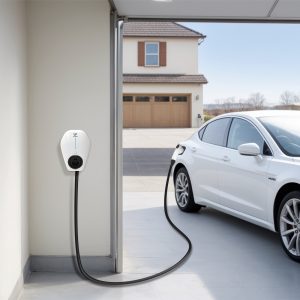
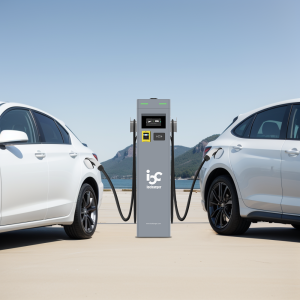
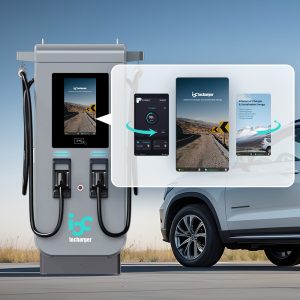
Together with our partners in Italy, Iocharger will help simplify the EV charging experience in this country with our advanced technology and reliable technical support.
